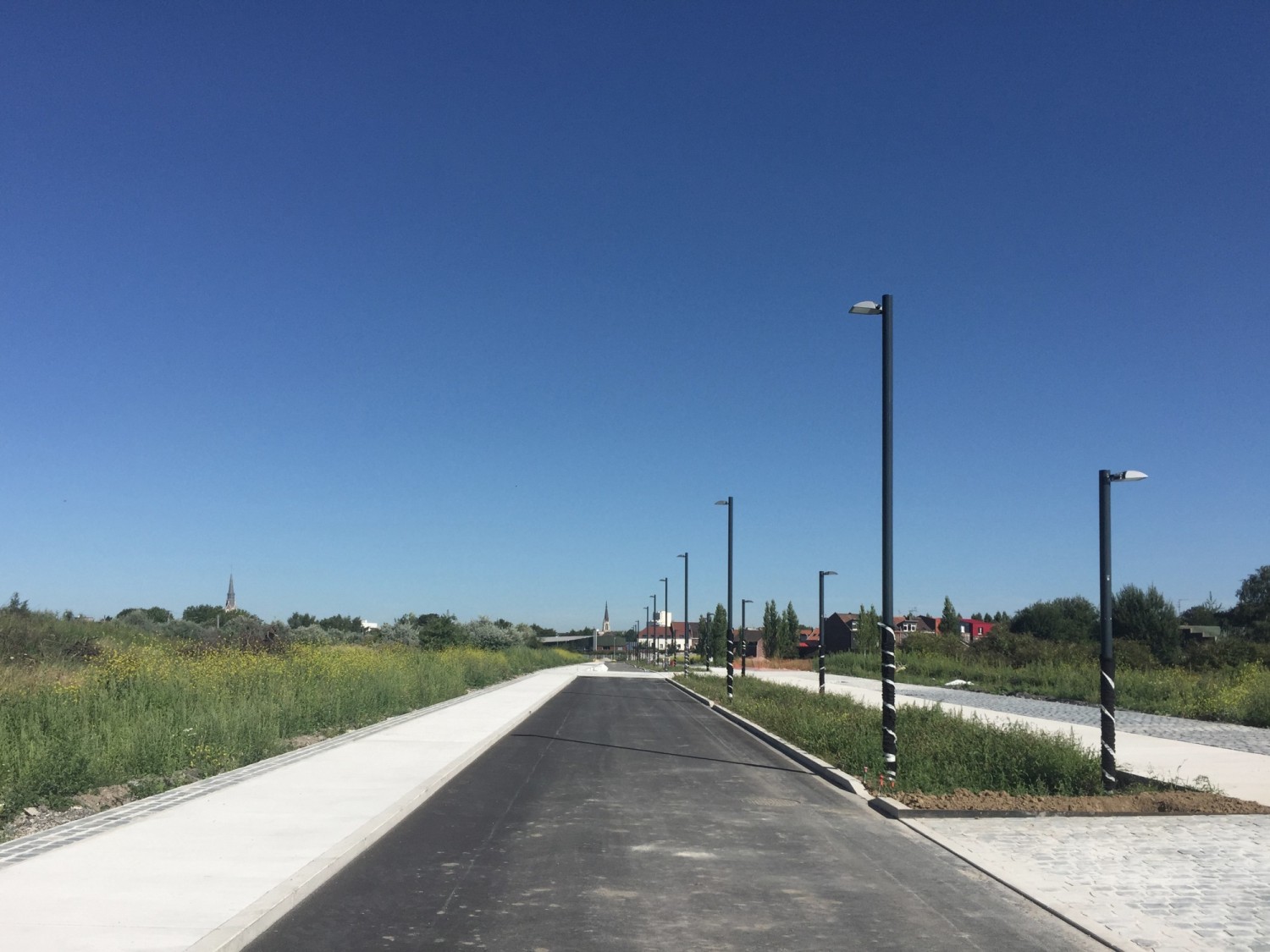Charles Rives
The aporias of urban planning in the face of degrowth
A chronicle of the Union neighbourhood in Roubaix from the 1960s to the present day
This thesis takes the form of a chronicle of urban projects in the Union neighbourhood, on the border between Roubaix and Tourcoing, analysing the architectural theories and practices employed to reclaim areas in decline. This site is a great place to study the history of urban thinking and practice over the last 60 years, and how it's out of step with the reality of decline. There are several reasons for this: the Union project has been in decline for a long time, originating in the decline of the textile industry in the early 1960s; the density of urban thinking that has followed, particularly driven by major players in urban thinking over the last sixty years; and the scale of the abandoned spaces (80 hectares), which has allowed actions of very different scales and timeframes to coexist. By combining a history of the project with a history of ideas in the context of degrowth, the research reflects on the dialectic between theory and practice, while also shedding light on a recent but nevertheless long history of architecture that has rarely been investigated. In addition, it aims to reveal a shortcoming in architectural projects in areas experiencing degrowth.
Indeed, such situations are becoming increasingly common in the Western world. However, whether in the field of professional practice, teaching or more generally in terms of knowledge, we continue to apply ineffective models, most of which date back to the years of growth, or to fantasise about the qualities of theoretical models specifically designed for these situations but which are potentially flawed or unsuited to contemporary challenges. Through a chronicle of the Union's urban projects, the thesis shows how architecture has approached degrowth in order to transform an abandoned territory and how, in this context, it has attempted over the last half-century to reproduce its design models and modes of action designed for growth.
The thesis first exposes the ambiguities of urban thinking and action when confronted with the effects of degrowth. It characterises the ways in which both are thwarted and identifies courses of action that coexist with the dominant model, which, although often marginalised or misunderstood, are nevertheless likely to be more suited to the context encountered. Next, through the lens of our case study and contemporary issues, the thesis highlights certain operational shortcomings in theories designed to address degrowth and proposes moving beyond the growth/degrowth dichotomy and their associated urban planning models. Drawing on the avenues of work explored throughout the thesis, it sets out a number of hypotheses that could accompany the EU's degrowth by repositioning the architecture of the register from reconquest to maintenance.
Charles Rives
PhD framework
◖ Dissertation supervisor
Paul Landauer (HDR) OCS laboratory, Ensa Paris-Est
Sébastien Marot (HDR) OCS laboratory, Ensa Paris-Est
◖ PhD framework
2018-in progress
Convention industrielle de formation par la recherche (Cifre) with Atelier Georges (2018-2021).
◖ Research environment
OCS Laboratory
AUSser joint research unit, Gustave Eiffel University
Illustration →
Écoquartier de l'Union, rue des métissages and "lots à bâtir", Obras photograph, 2016
